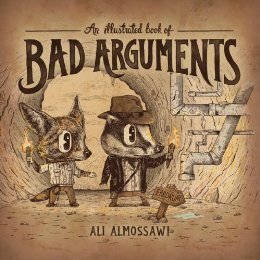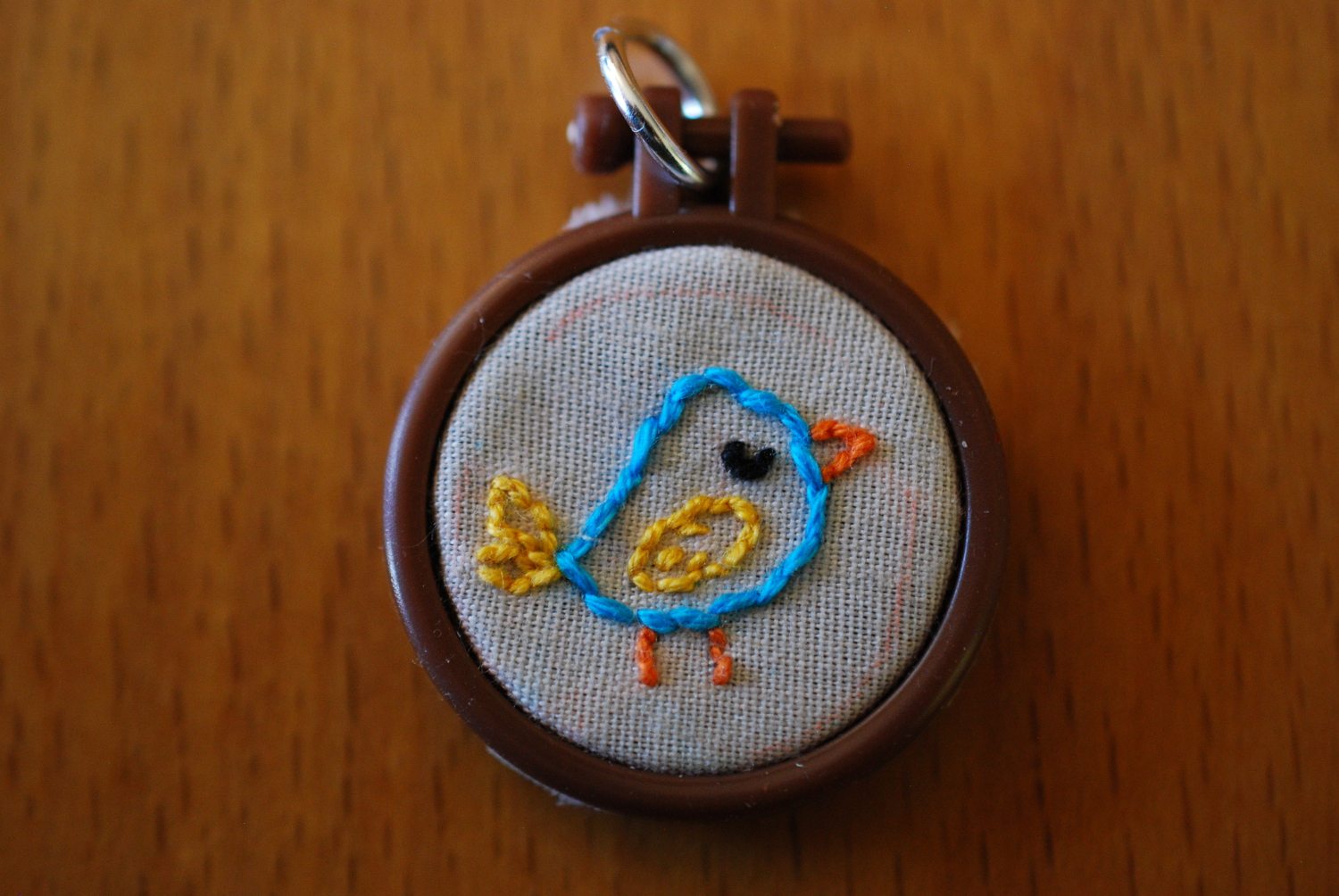
From Neil Gaiman’s Norse Mythology to Bolivia’s Grandmother Cricket, here are some interesting facts about myths in general.
Myths have no single source
Myths are told and retold, over and over, by bards and grandmothers all over the world. Neil Gaiman wrote his book based on the Nordic sagas that are available on this time and age, but he chose what to talk about and what tone to use, making them new again just buy telling the stories in his own, unique style.
Grandmother Cricket is a tale told by the Ayoreode people in western Bolivia. She is an anthropomorphic figure, with cricket features. She is the bringer of rain. When the people complain about too much rain, she goes away. Soon the Ayoreode start looking for her, because no one can live without water. The Animation Workshop in Denmark made this video about her, featuring the work of Bolivian artists, and bringing the myth into the modern world. It is a good example of an ancient myth adapted to our time and age.
Myths are not just for children
There are many adaptations of ancient myths intended for children (Percy Jackson comes to mind…), but that doesn’t necessarily mean they were intended for just them. Just as the classic Grimm tales where not, in fact, for children, mythological stories are all about the people: young and old. When Loki convinces the blind god to throw a sharpened bit of wood towards his brother, and thus kill him; or when people treat an old woman with disrespect and anger, we are talking about human impulses, human behavior, and the eternal wrestle between good intentions and evil intentions. Myths are about human nature and our relationship with our natural surroundings, as much about everything else.
Oral tradition and mythology are not always the same thing
Oral tradition is knowledge that is not written. There are oral civil laws, oral wisdom about herbal medicine, and oral accounts of ancient battles and times. It changes and adapts, unlike written law, and has been an important means of communication for thousands of cultures around the world. Sometimes these songs, ballads, and recitations are written down and read from and outsider’s perspective, but writing something down does not make it automatically true, nor can be thought as the unique source for a particular knowledge. Oral tradition is all about the people, those who tell the tale, and those who listen.
Myths are told to keep memories alive
Some myths are only known to us because of an outsider has tried to rescue it from the disappearance of a tribe or group of people. That is the case of the Guarasu’we tribe in northern Bolivia: Jürgen Riester was an anthropologist who lived with the tribe’s last remaining members for some months in 1969, and who was “adopted” by them. He transcribed many myths: how the tribe came to be, who their maker was, and where the Yaneramai reside. They even have their own account of how the fire was stolen from the gods. However, it is not something a young member will be able to hear from his elders, around the fire, before he leaves for his first hunt. It is dead knowledge, something that’s not alive anymore, in the minds and hearts of their people.
Myths are important
You may think myths are just unreal. But for many cultures, and throughout many generations, myths where part of everyday life. It is easier for us to remember certain codes and behaviors, because they are the behaviors of our heroes, than it is to just remember rules and norms. We have the desire to tell tales and listen to them, and we learn much about ourselves in the very process of the telling. That’s why some modern sagas, such as Star Wars, hold such power over us. They have mythological content, they talk to us about the Hero’s Journey, and are kept alive through our minds and experience, just like the old myths.




